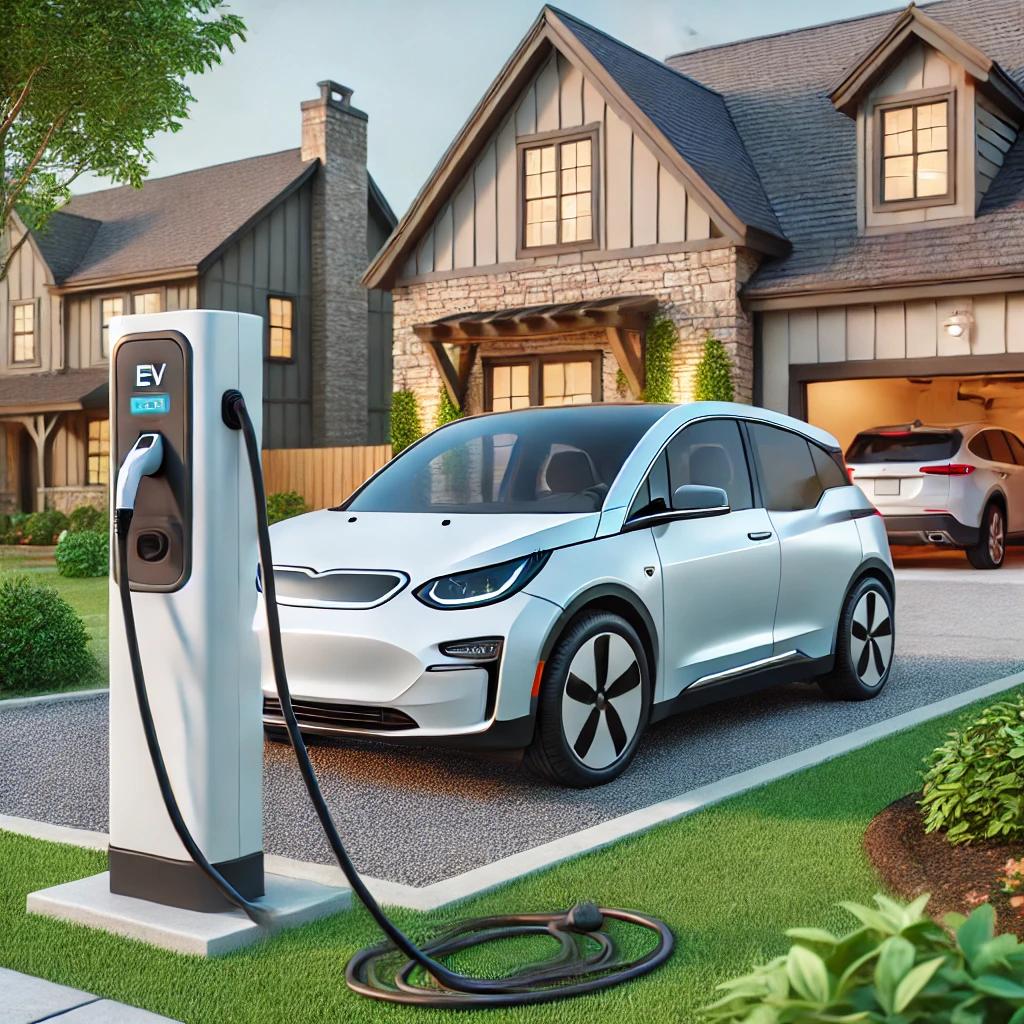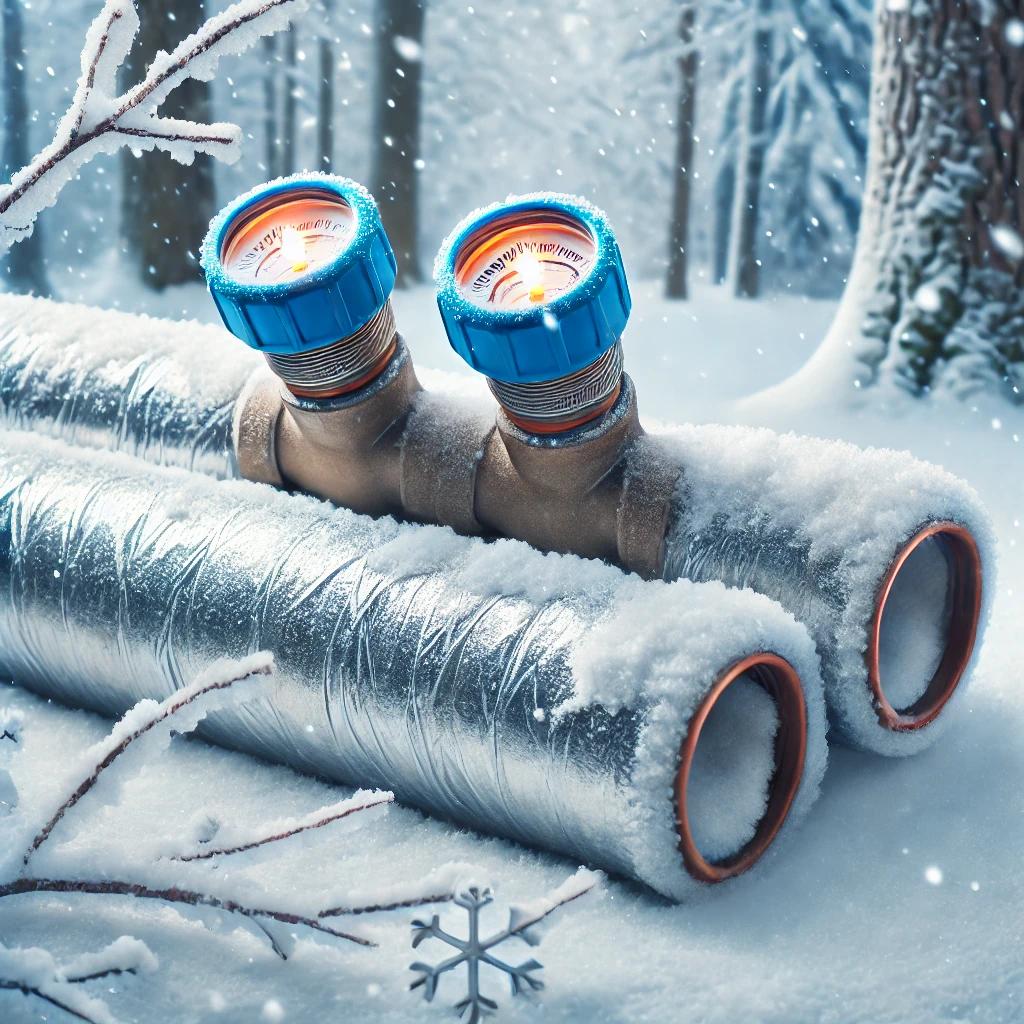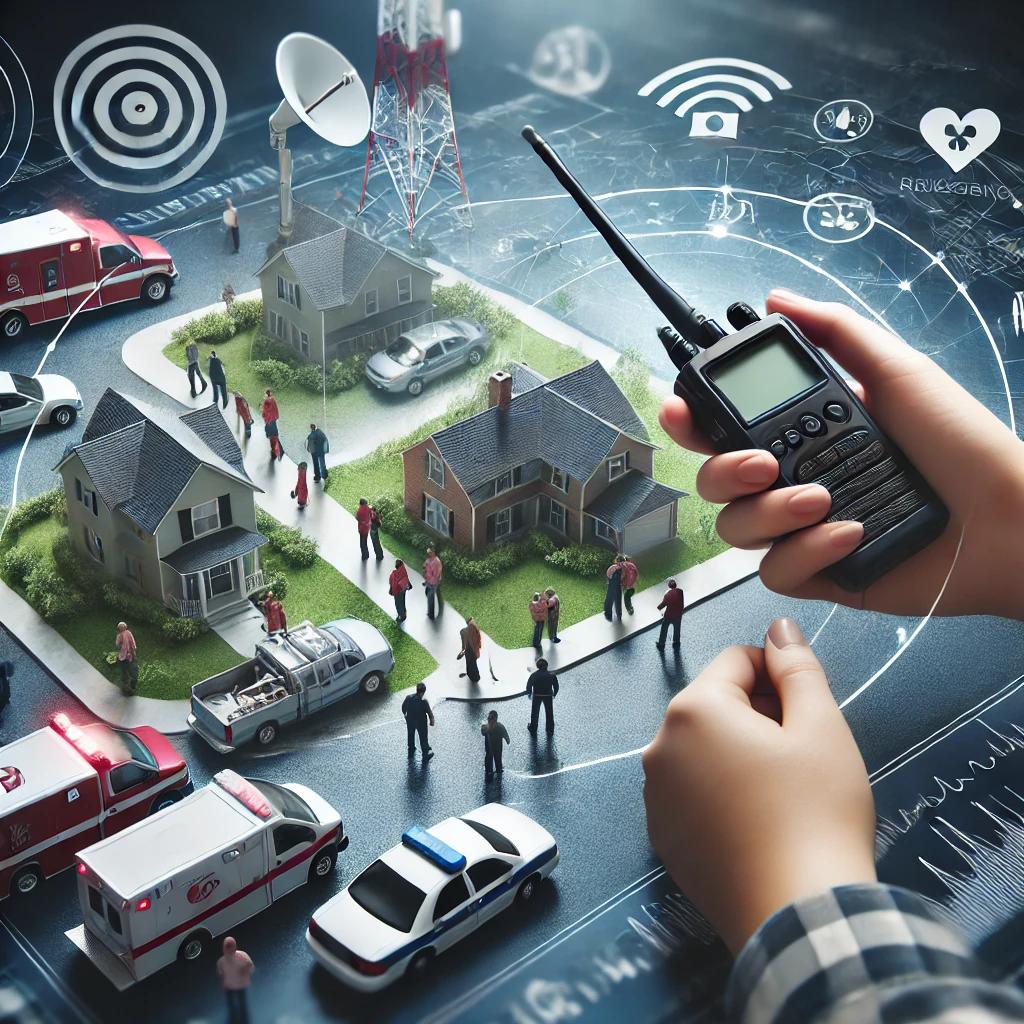### Launching Effective Drone Regulations for Your HOA
In recent times, drones have taken to the skies above residential neighborhoods, sparking interest and potential disputes within homeowner associations (HOAs). While some HOAs and property management groups use drones for property inspections, these remote-controlled flying devices pose crucial questions concerning safety and privacy—especially those equipped with advanced imaging technology.
Last holiday season, the popularity of drones surged as gifts across North America, highlighting ongoing challenges linked to this growing pastime. The solution lies in education and continuous awareness as legal standards evolve.
How should community management companies approach drone usage? Here are some key steps:
The Role of Government Agencies
Primarily, regulations on drone utilization fall under the jurisdiction of appropriate government agencies rather than community associations or local governing bodies. In Canada, feedback has been solicited from citizens, with formal rules anticipated soon. Meanwhile, the Federal Aviation Administration (FAA) in the U.S. has already outlined rules for both recreational and commercial drone pilots. Additionally, several state-specific laws have been enacted, such as:
- Texas: Imaging is restricted unless for purposes like utility mapping, military applications, and other strictly defined uses.
- Nevada: According to Assembly Bill 239, established in October 2015, drone operation rights prevail over any HOA rules unless the drone flies below 250 feet or disrupts the property's existing utilization.
In 2015 alone, 45 states reviewed 168 legislative proposals regarding drones. While the federal versus local approach remains to be seen in Canada, the FAA in the U.S. advocates for uniform national regulations without additional state-level amendments.
FAA Regulations in the United States
Understanding FAA rules can clarify when drone operators act within their rights and when local authorities should be alerted. Generally, drones are banned within five miles of regulated airspace, including helipads.
Hobbyist Drone Rules
- Pilots must be at least 13 years old, providing their name, home address, and email to the FAA.
- Drones weighing between 0.55 and 55 pounds must be registered with the FAA.
- Maximum flight altitude is 400 feet, restricted to daylight hours, which includes 30 minutes before sunrise until 30 minutes after sunset.
- Operators can fly only one drone at a time, maintaining visual line of sight.
- Transporting hazardous materials is not allowed.
Commercial Drone Pilot Rules
- Pilots must be at least 16 years of age.
- A remote pilot certificate is required.
- Daytime flight restrictions apply, and drones must remain within the pilot’s visual line of sight.
These are just a few highlights of the FAA's comprehensive regulations, which can be found in their entirety elsewhere.
Addressing Privacy Concerns
Associations should consider integrating moderate restrictions into their governing documents, primarily due to resident privacy concerns related to drones with cameras or surveillance capabilities. The FAA focuses solely on safety, delegating privacy oversight to existing laws, such as privacy and "peeping Tom" legislation. With increasing drone usage, boards might opt to establish or revise rules safeguarding privacy and security. They should define suitable areas and times for drone operation and consult insurance experts to secure coverage for potential drone-related damages.
When hobbyists act responsibly, residents and drone enthusiasts can coexist peacefully, which is generally the norm. Staying informed on current issues and knowing your rights as a resident or board member empowers appropriate responses to any regulatory breaches.





